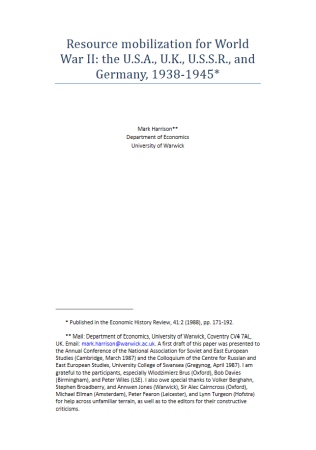Typhoon Fighter Flight (Plastic) (BBX66)

The U.S. Air Force and the Royal Air Force (RAF) dominated the skies, supporting the troops with close air support while keeping German aircraft far from the beaches of Normandy. The black-and-white invasion stripes were added to Allied aircraft to reduce the chance that they would be attacked by friendly forces during the large-scale Normandy landings.
Crusader AA Troop (Plastic) (BBX59)

The Crusader AA anti-aircraft tank mounted twin 20mm Oerlikon anti-aircraft guns on a fast, light tank chassis. Armored regiments had a troop of six Crusader AA tanks, usually distributed as a pair to each squadron.
M10 SP Anti-tank Platoon (Plastic) (BBX62)

The self-propelled guns are best used as part of a mobile defense. They have the ability to stage an ambush, then leave before the enemy can retaliate strongly. They also have the advantage of not needing to be dug in to survive.
Bofors Light AA Troop (Plastic) (BBX65)

The quick-firing Bofors guns can be relied on to drive away the harassing Axis aircraft before they have a chance to do too much harm.
Auster OP Observation Post (BR951)

The use of aircraft in the role of an air observation post had its origins during the First World War. This tradition carried on during World War Two, where several American designed light aircraft were utilized in this role. These aircraft featured a tandem-cockpit accommodation which made them ideal for their roles as a reconnaissance aircraft. While the American force lent heavily on the L4 Grasshopper, the British relied on the Taylorcraft-designed Auster AOP.








